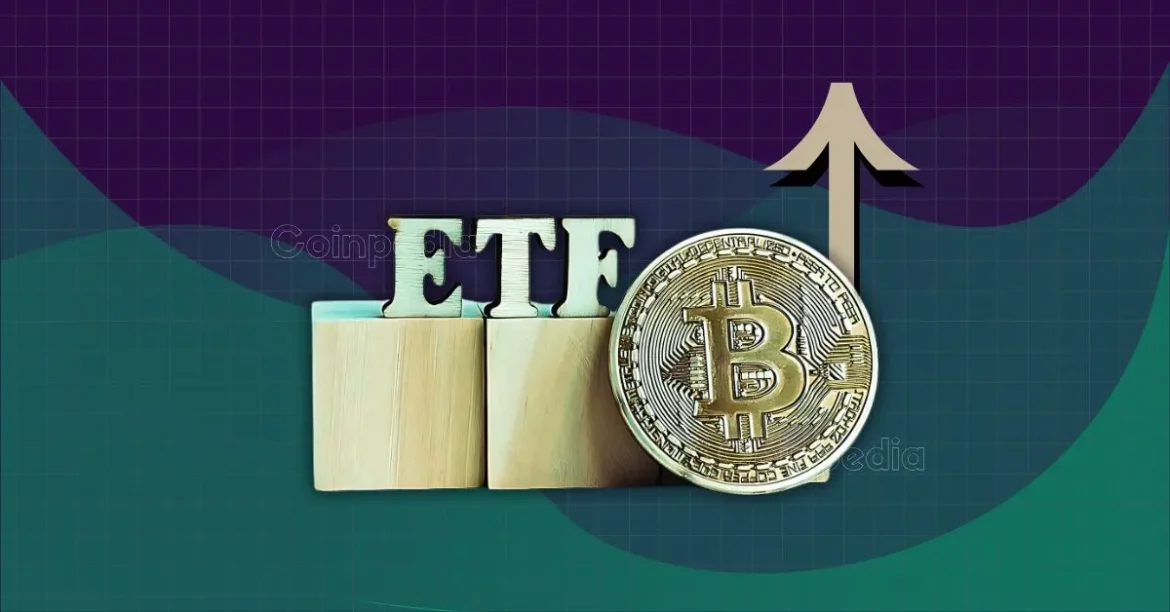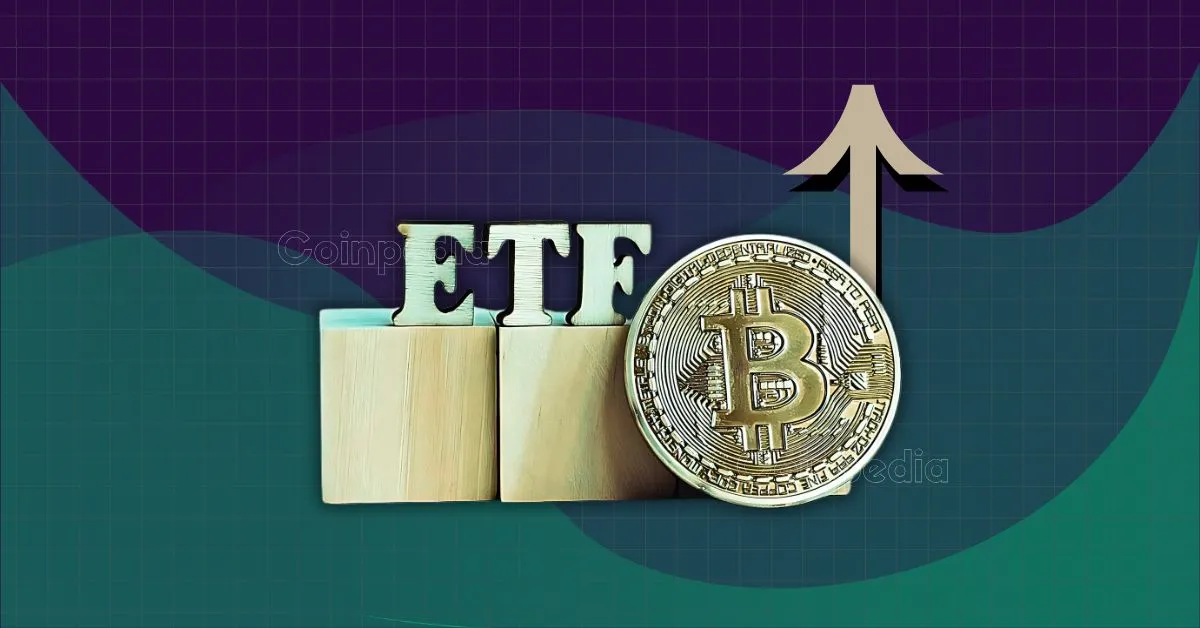The Kiyosaki Portfolio in 2025: A Deep Dive into Safe Haven Assets and the Specter of Financial Collapse
Introduction
In 2025, the financial world is navigating uncharted waters, and Robert Kiyosaki, the renowned author of *Rich Dad Poor Dad*, remains a beacon for those seeking stability in turbulent times. His investment strategy, rooted in tangible assets, offers a stark contrast to traditional financial advice. This report delves into Kiyosaki’s evolving views on gold, silver, and Bitcoin, particularly in the context of Exchange Traded Funds (ETFs) and a predicted economic downturn. We will explore why Kiyosaki favors physical assets over paper representations, his specific predictions for each asset, and the underlying rationale behind his investment philosophy in the current economic climate.
The Looming Crisis: Kiyosaki’s Premonition of a “Greater Depression”
Kiyosaki’s investment advice is consistently framed by his warnings of an impending economic catastrophe. He foresees a “Greater Depression” hitting the U.S. economy in 2025, fueled by factors such as record-high credit card debt, rising unemployment, and depleted 401(k)s. According to Kiyosaki, these pressures are signs of a system on the brink, making traditional savings and investments increasingly vulnerable. This bleak outlook forms the bedrock of his strategy, pushing him towards assets he believes offer a haven from the storm.
He frequently criticizes the U.S. dollar and the U.S. banking system, viewing them as fundamentally flawed and potentially fraudulent. This skepticism further justifies his move towards alternative stores of value. He even suggests that Bitcoin, despite potential risks, is a less significant scam than the current financial system. This perspective underscores his deep-seated distrust of centralized financial institutions and his belief in the importance of self-reliance.
The Holy Trinity: Gold, Silver, and Bitcoin as Pillars of Financial Security
In the face of this perceived collapse, Kiyosaki champions Bitcoin, gold, and silver as crucial tools for preserving wealth. He believes these assets offer “genuine value” that surpasses digital or paper representations. These aren’t merely investment opportunities; they are, in his view, life rafts in a sea of financial instability. While his advocacy for these assets remains consistent, the nuances of his preferences and the reasons behind them warrant closer examination.
Gold: A Timeless Hedge, But Not Always the Top Choice
Gold, for Kiyosaki, represents a traditional store of value, a hedge against inflation, and a safe-haven asset during times of economic turmoil. In the first half of 2025, gold ETFs experienced significant inflows, reflecting a broader investor sentiment of seeking security amidst volatility. While Kiyosaki acknowledges gold’s importance, he often expresses a preference for holding physical gold rather than investing in gold ETFs.
His rationale stems from his distrust of Wall Street institutions and his belief that ETFs are merely “fake” representations of the underlying asset. He sees ETFs as part of the flawed financial system he is trying to avoid. Furthermore, Kiyosaki seems to have occasionally “dumped” gold, suggesting it isn’t always his primary focus. This indicates a strategic flexibility in his approach, adapting to market conditions and his evolving views on the relative value of different assets.
Silver: The “Biggest Bargain” with Explosive Potential
In 2025, silver has emerged as Kiyosaki’s preferred asset, the one he considers the “biggest bargain today”. He anticipates silver prices to triple by the end of the year, making it the investment with the most potential compared to stocks, ETFs, and even gold. Kiyosaki believes the economy’s excessive stimulus spending is devaluing the U.S. dollar, making silver an attractive hedge against currency debasement.
Similar to his stance on gold, he strongly advocates for physical silver ownership over silver ETFs. He often says that demand for silver is “exploding” and urges investors to capitalize on its undervalued state. This emphasis on physical ownership highlights his belief in the tangible nature of value and his skepticism towards financial instruments that do not provide direct control over the underlying asset.
Bitcoin: A Hedge Against Systemic Failure, But With Reservations
Bitcoin holds a unique place in Kiyosaki’s portfolio. He sees it as a hedge against both inflation and the instability of the existing financial system. He has predicted Bitcoin could reach prices between $180,000 and $200,000 this year and $1 million within the next decade. However, Kiyosaki’s relationship with Bitcoin isn’t without its complexities. He has, at times, expressed skepticism, even suggesting it “might be a scam.”
Ultimately, however, he concludes that even if it is a scam, it’s a smaller one than the U.S. dollar and the Federal Reserve. This statement highlights his deep-seated distrust of traditional finance. Despite his enthusiasm for Bitcoin, Kiyosaki remains wary of Bitcoin ETFs. He views them with the same suspicion he applies to gold and silver ETFs, considering them “artificial constructs” that don’t represent true ownership.
He questions whether investors truly possess Bitcoin if they hold it through an ETF rather than in a personal wallet. He often equates Bitcoin ETFs with gold and silver ETFs, dismissing them as mere extensions of the corrupt financial machine he criticizes. This perspective underscores his belief in the importance of direct ownership and control over one’s assets.
Physical vs. Paper: The Core of Kiyosaki’s Philosophy
Kiyosaki’s preference for physical assets—gold, silver, and Bitcoin held in cold storage—over ETFs underscores his core investment philosophy: a distrust of centralized institutions and a belief in the importance of direct ownership. He argues that ETFs, managed by Wall Street, are part of the problem, not the solution. He believes that owning the physical asset provides a greater degree of control and security, shielding investors from the potential risks associated with the traditional financial system.
In essence, it is control and tangibility that drive his preference for physical assets. This distrust also reveals a deeper belief in self-reliance and independence from established financial structures. Kiyosaki’s philosophy is not just about investing; it’s about empowering individuals to take control of their financial destiny in an uncertain world.
The Portfolio Performance: Driven by Safe Haven Assets
Kiyosaki’s portfolio has seen significant gains in 2025, largely driven by the performance of Bitcoin, gold, and silver. The inflows into gold ETFs and the general rise in Bitcoin’s price reflect a broader market trend of investors seeking safe-haven assets during a period of economic uncertainty. This performance validates Kiyosaki’s strategy, at least in the short term, reinforcing his belief in the value of these alternative investments.
However, it’s important to note that past performance is not indicative of future results. The success of Kiyosaki’s portfolio in 2025 is a testament to his strategic foresight and adaptability, but it also underscores the volatility and unpredictability of the financial markets. Investors should approach his advice with a critical eye, considering their own risk tolerance and financial goals.
A Contrarian Voice in a Time of Uncertainty
Robert Kiyosaki’s investment strategy in 2025 reflects a deep-seated concern about the stability of the global financial system. His advocacy for gold, silver, and Bitcoin, particularly in physical form, is rooted in a belief that these assets offer a sanctuary from the economic storm he anticipates. While his predictions of a “Greater Depression” may seem alarmist, they provide the context for understanding his contrarian approach to investing.
Whether his warnings prove accurate remains to be seen, but his unwavering conviction and his consistent message continue to resonate with investors seeking alternatives to the traditional financial paradigm. In a world where uncertainty is the only certainty, Kiyosaki’s voice offers a beacon of guidance for those navigating the complex and often treacherous waters of modern finance.
Conclusion: The Path Forward
As we look to the future, Kiyosaki’s investment strategy serves as a reminder of the importance of diversification, self-reliance, and a critical examination of the financial system. His emphasis on physical assets and his skepticism towards traditional financial instruments offer a valuable perspective in an era of economic uncertainty.
While his predictions may not always come to pass, his philosophy encourages investors to think critically, take control of their financial future, and seek out alternative paths to wealth preservation. In the end, the true value of Kiyosaki’s advice lies not in the specific assets he recommends, but in the mindset he promotes: one of independence, resilience, and a relentless pursuit of financial security in an ever-changing world.





